As part of Firstpost’s ongoing History Today series, we take a look at October 11 which marks a day when art, courage, and conscience converged across generations.
In 1971, John Lennon released Imagine, a song that would become a timeless anthem for peace and unity.
Decades later, October 11 would also see landmark moments in social justice, science, and diplomacy — from Anita Hill’s historic testimony before the US Senate, to astronaut Kathryn Sullivan’s trailblazing spacewalk, and Jimmy Carter’s Nobel Peace Prize honour.
John Lennon’s “Imagine” released
When Imagine was released as a single on October 11, 1971, the world was in flux.
The Vietnam War was raging, Cold War rivalries divided nations, and counterculture movements across the globe were questioning materialism, religion, and authority.
Into this atmosphere, John Lennon released what would become one of the most influential and enduring songs of the 20th century — an anthem that distilled the hopes of a generation into 183 words and a few simple piano chords.
The making of a global anthem
The story of Imagine begins in 1971 at Tittenhurst Park, Lennon’s Georgian mansion in Ascot, England, where he and Yoko Ono had set up a home recording studio.
The song emerged not from a grand political design but from Lennon’s and Ono’s shared artistic and philosophical sensibilities.
Lennon later admitted that much of the lyrical inspiration came from Ono’s 1964 conceptual art book Grapefruit, which included poetic instructions such as “Imagine the clouds dripping” and “Imagine letting go of everything.”
Lennon composed the melody on his white Steinway piano — an instrument that would later become iconic in itself — and recorded the track with a minimal ensemble: Klaus Voormann on bass, Alan White on drums, and co-producer Phil Spector adding subtle orchestral arrangements.
The result was a sound that was simultaneously intimate and universal.
Unlike the dense production of some of Lennon’s earlier solo work, Imagine was stripped down, leaving space for his voice and message to resonate.
Yoko Ono’s influence was foundational, though her contribution went largely unacknowledged until decades later.
In 2017, the National Music Publishers Association finally recognised her as an official co-writer.
Lennon himself had said in a 1980 interview, “A lot of it — the lyric and the concept — came from Yoko, but in those days I was a bit more selfish, a bit more macho, and I omitted to mention her contribution.”
A song of radical simplicity
The brilliance of Imagine lies in its simplicity. Its lyrics — deceptively gentle — invite listeners to envision a world freed from the divisions of nationalism, religion, and material greed.
“Imagine there’s no countries / It isn’t hard to do / Nothing to kill or die for / And no religion too.”
In an era marked by political turmoil and protest, Lennon’s call for unity was radical precisely because it eschewed confrontation. Unlike the fiery rhetoric of protest anthems such as Give Peace a Chance, Imagine offered a quiet, contemplative form of rebellion.
It was not a song of resistance but of transcendence — asking people to see beyond the systems that perpetuate conflict.
Lennon later described the song as “virtually the Communist Manifesto,” though softened through melody and humanism.
It articulated a worldview that was anti-materialist and egalitarian but ultimately rooted in empathy.
Critics and fans debated whether Lennon’s utopia was achievable or merely naive, but its enduring power lay in its refusal to accept cynicism as inevitable.
Cultural and political reactions
Upon release, Imagine reached No. 3 on the Billboard Hot 100 in the United States and topped the UK Singles Chart after Lennon’s death in 1980.
But beyond its commercial success, it provoked diverse reactions. Some conservatives denounced it as “unpatriotic” or “atheistic,” while peace activists adopted it as a hymn for global solidarity.
The song became an unofficial anthem for movements advocating peace and human rights. During the 1970s and 1980s, it was performed at anti-war demonstrations and civil rights events.
It was notably played at the 1972 “One to One” benefit concert in New York’s Madison Square Garden, which Lennon organised to support children with disabilities, showing how he tied idealism to activism.
In contrast, others accused Lennon of hypocrisy, pointing to his luxurious lifestyle as inconsistent with his message of simplicity. Lennon, however, was self-aware about the contradiction.
“It’s easy to imagine no possessions when you’ve got everything,” he admitted in interviews, yet he maintained that the sentiment behind the song was aspirational — a vision of the world’s potential, not a reflection of his personal situation.
From controversy to canonisation
By the late 20th century, Imagine had transcended its controversial origins to become part of the cultural canon.
It was inducted into the Grammy Hall of Fame in 1999, and in 2004, Rolling Stone ranked it third on its list of the “500 Greatest Songs of All Time.”
Unesco included it in its Memory of the World Register, recognising its universal message of peace as a cultural treasure.
The song was performed at the closing ceremony of the 2012 London Olympics, sung by the London Symphony Orchestra and a global children’s choir, symbolising the unity of nations.
It was also broadcast by Nasa to the International Space Station as a gesture of peace and cooperation beyond Earth.
Following the September 11, 2001 attacks, Imagine was performed at memorial services around the world, including a poignant rendition by Neil Young during the America: A Tribute to Heroes telethon.
Though some criticised its secular tone in a time of national grief, many found solace in its call for a humanity unbound by division.
In 2021, marking the song’s 50th anniversary, Yoko Ono and Sean Ono Lennon launched a series of events celebrating Imagine’s legacy.
Ono described it as “a map to a better world” and released new archival footage of the recording sessions, giving audiences a deeper glimpse into its creation.
During the 1989 Tiananmen Square protests, Chinese demonstrators played the song on loudspeakers as a symbol of peaceful resistance. It echoed again during the fall of the Berlin Wall and at anti-war vigils during the 2003 Iraq invasion.
Even in popular culture, Imagine continues to reappear. It was used in films such as The Killing Fields and Forrest Gump, each time carrying a renewed relevance.
Its melody opens the annual New Year’s Eve celebrations in New York’s Times Square, a ritual that affirms hope as each year begins.
Lennon’s white piano, on which he composed the song, has also become an artefact of peace.
Owned by George Michael until his death in 2016, it has toured the world as part of exhibitions promoting nonviolence. Michael described it as “not a piece of rock memorabilia, but a symbol of hope.”
A timeless echo
When Lennon was murdered in New York City on December 8, 1980, thousands gathered in Central Park to mourn. They sang Imagine in unison, transforming grief into unity.
Decades later, it remains inseparable from Lennon’s legacy. Imagine continues to chart during times of crisis, reappearing after events such as 9/11, the Covid-19 pandemic, and wars that still challenge humanity’s conscience.
It captures the essence of Lennon’s artistry — imperfect, idealistic, deeply human — and stands as proof that even in a fractured world, one man’s vision, set to music, can still make millions believe in peace.
Anita Hill testifies against Clarence Thomas
Exactly two decades later, October 11 again became a day of reckoning — this time for gender justice in the United States.
In 1991, law professor Anita Hill testified before the US Senate Judiciary Committee, alleging that Supreme Court nominee Clarence Thomas had sexually harassed her while he was her supervisor at the Department of Education and the Equal Employment Opportunity Commission (EEOC).
Hill’s calm yet firm testimony detailed years of inappropriate comments and conduct. The hearings were broadcast live on national television.
While Thomas denied all allegations, branding the process a “high-tech lynching,” Hill’s testimony changed the national conversation forever.
Though Thomas was narrowly confirmed, Hill’s courage led to an unprecedented surge in awareness and legal reforms.
The 1992 US elections saw a record number of women elected to Congress, known as the “Year of the Woman.”
Kathryn Sullivan becomes first American woman to walk in Space
On October 11, 1984, Nasa astronaut Kathryn D. Sullivan made history as the first American woman to perform a spacewalk, stepping outside the shuttle Challenger during mission STS-41-G.
Floating 140 miles above Earth, Sullivan and fellow astronaut David Leestma spent 3.5 hours testing refuelling techniques for future satellites.
Sullivan’s achievement was a breakthrough moment for women in science. Trained as an oceanographer, she was part of Nasa’s pioneering class of female astronauts selected in 1978, alongside Sally Ride and Judith Resnik.
Her work paved the way for countless women in STEM and expanded humanity’s understanding of both outer space and our planet.
Sullivan later served as head of the National Oceanic and Atmospheric Administration (NOAA).
Jimmy Carter wins the Nobel Peace Prize
On October 11, 2002, former US President Jimmy Carter was awarded the Nobel Peace Prize for his decades-long dedication to promoting peace, democracy, and human rights.
The Nobel Committee cited his “decades of untiring effort” in advancing conflict resolution and development worldwide.
Carter’s post-presidential work through the Carter Center, founded in 1982, focused on eradicating diseases, monitoring elections, and mediating international conflicts.
His Nobel Prize also served as a rebuke to the growing US militarism of the early 2000s, implicitly contrasting Carter’s diplomacy-first approach with the unfolding Iraq War.
Also Watch:
With inputs from agencies


)

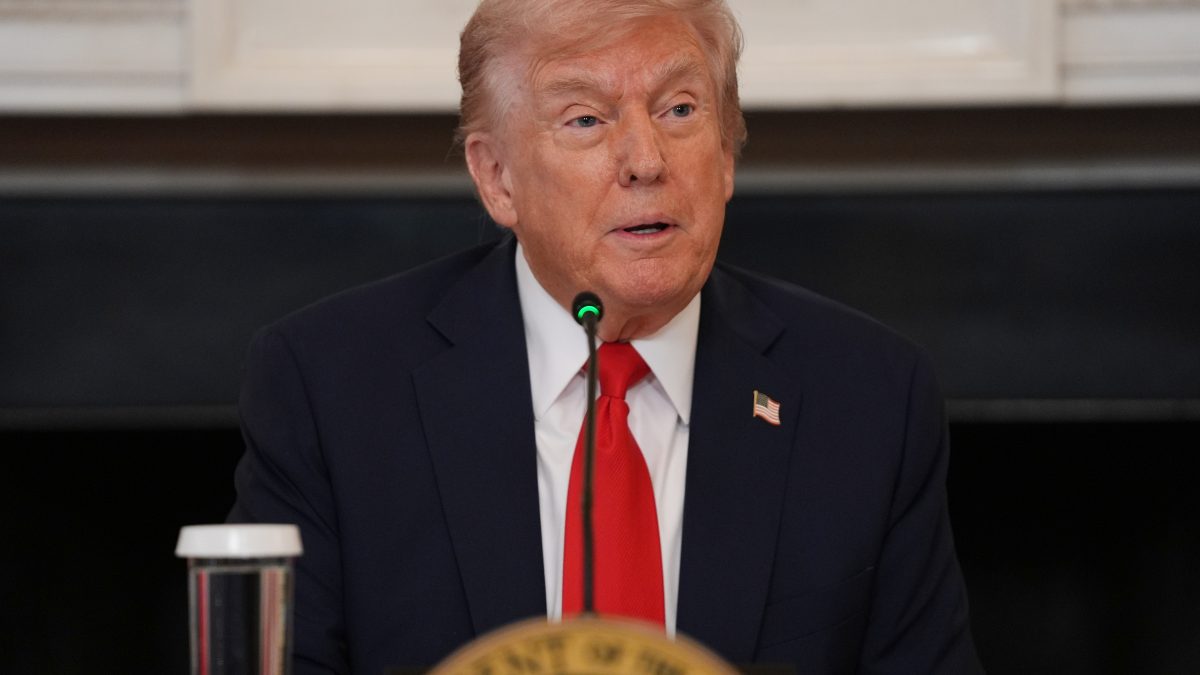)
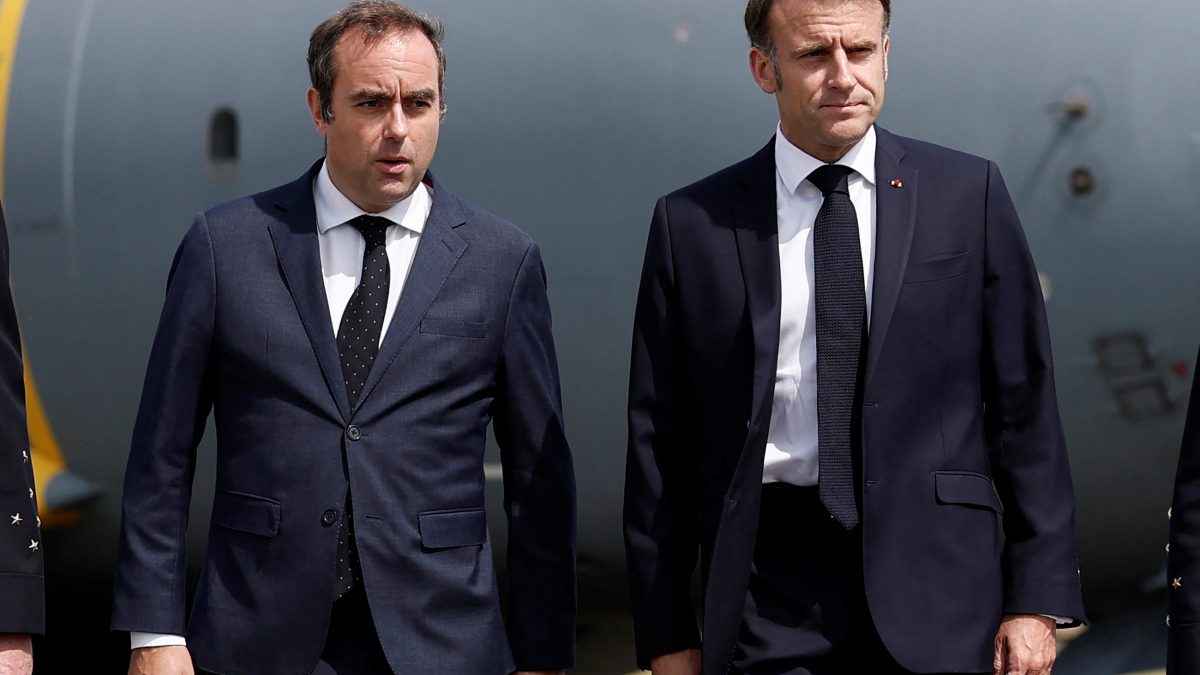)
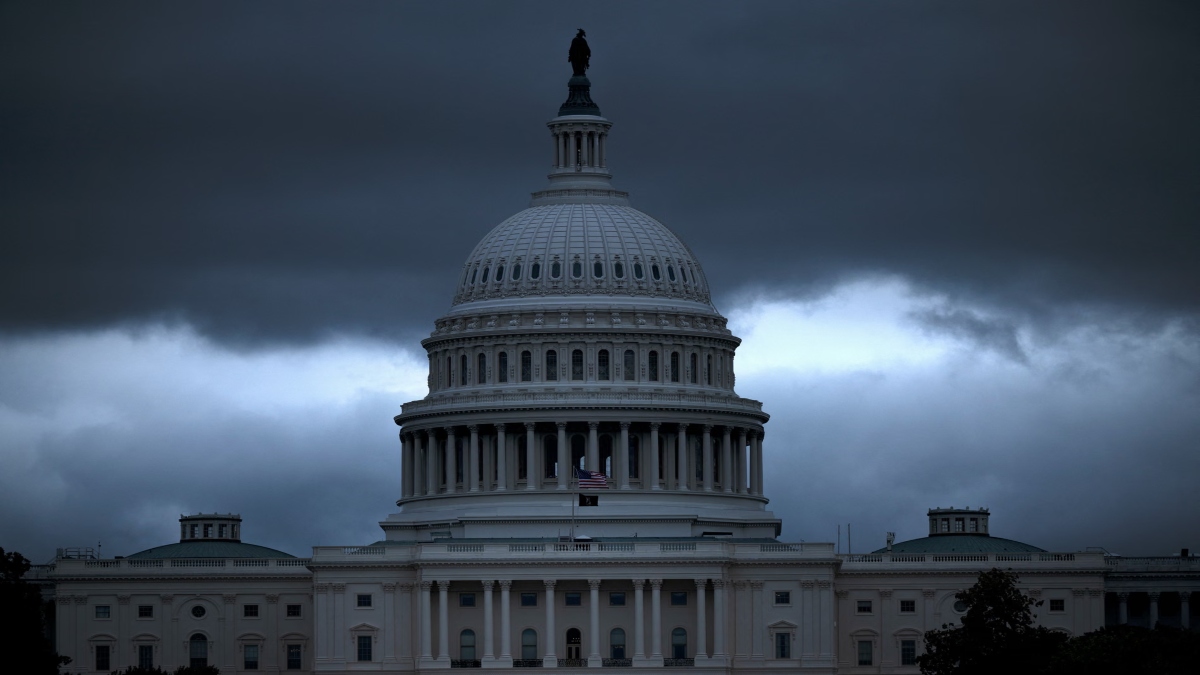)
)
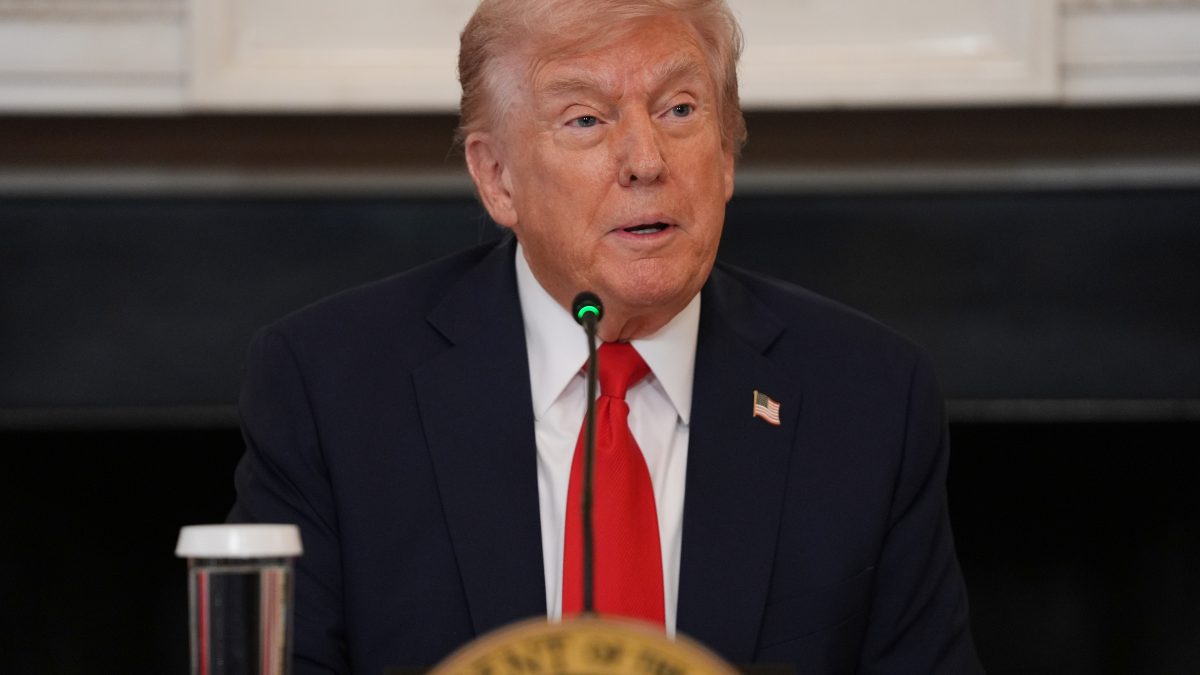)
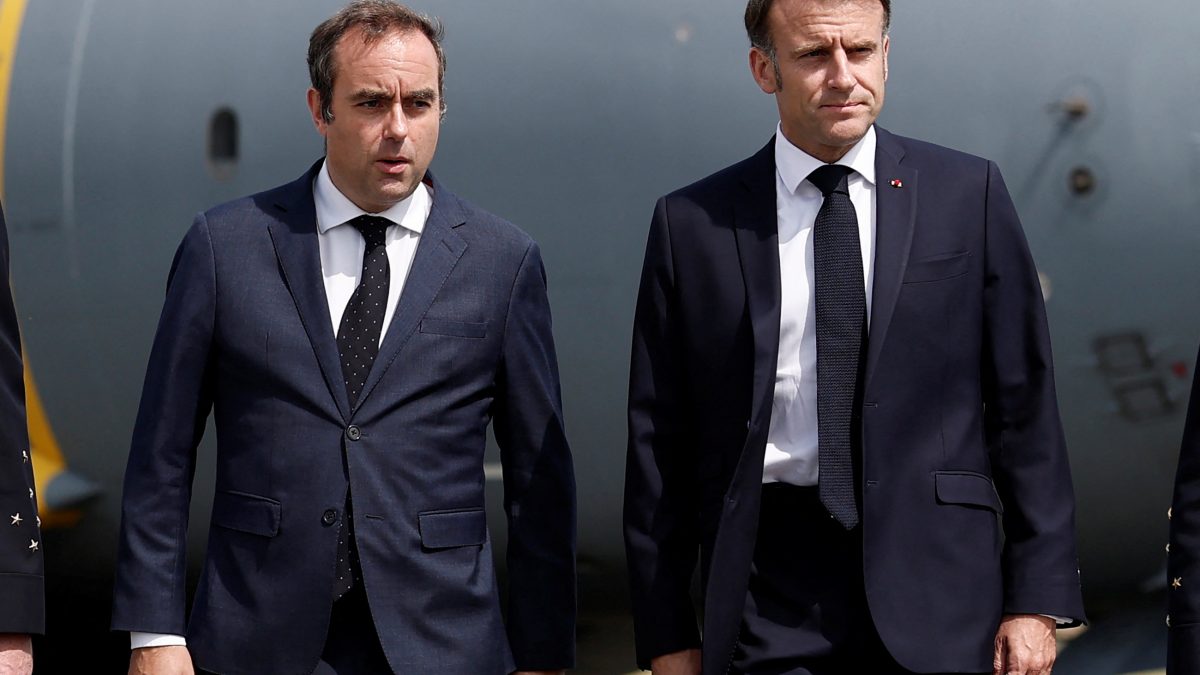)
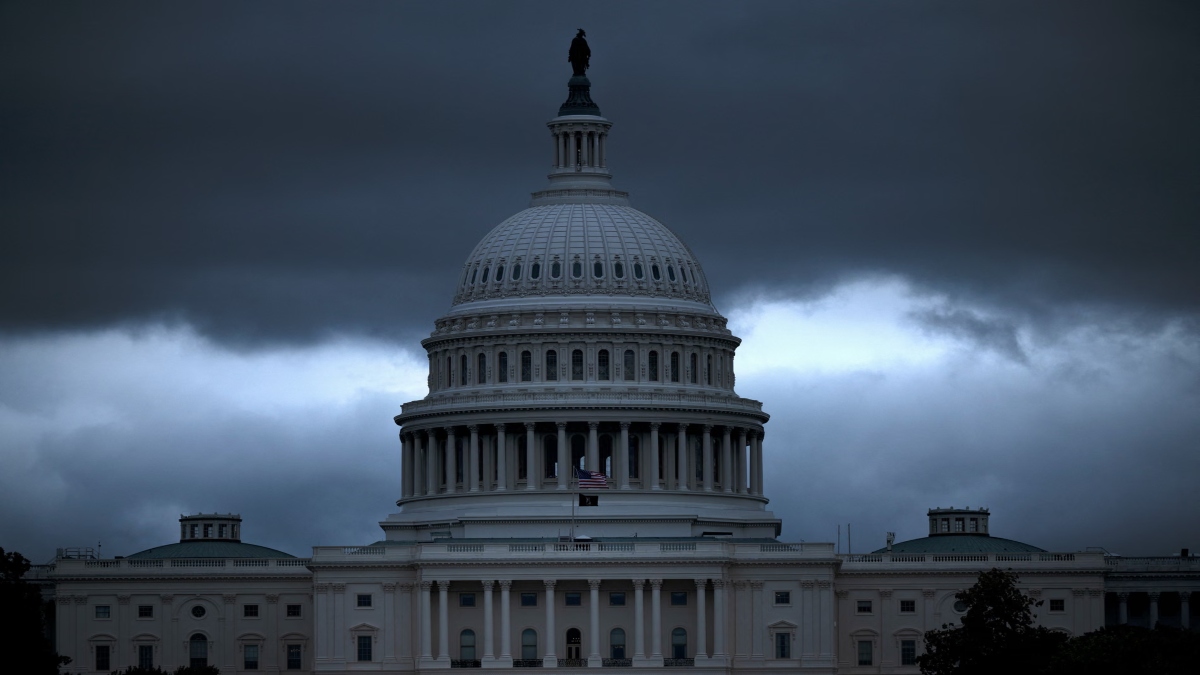)
)



